Ohio Farm Bureau introduces Energy and Utility Issues Resource Guide
Ohio Farm Bureau’s newest resource for members seeks to help farmland owners navigate the many questions surrounding energy development.
Read MoreExtremely wet weather and cooler than normal temperatures throughout early spring left U.S. farmers lagging when it comes to planting progress, meaning less corn and soybeans were planted in Ohio this year.
Normally, farmers in the Buckeye State are at least halfway finished with planting their corn by the middle of May. Only 33% of corn had been planted in Ohio by June 2, the lowest figure for that stage of the spring on record. To put that figure in perspective, the five-year average for the beginning of June is 90%. As each day and each rain shower passed, farmers became a little more impatient and a lot more anxious.
Clark County farmer Brent Pence started planting a few acres in April, then had to sit out most of the month of May.
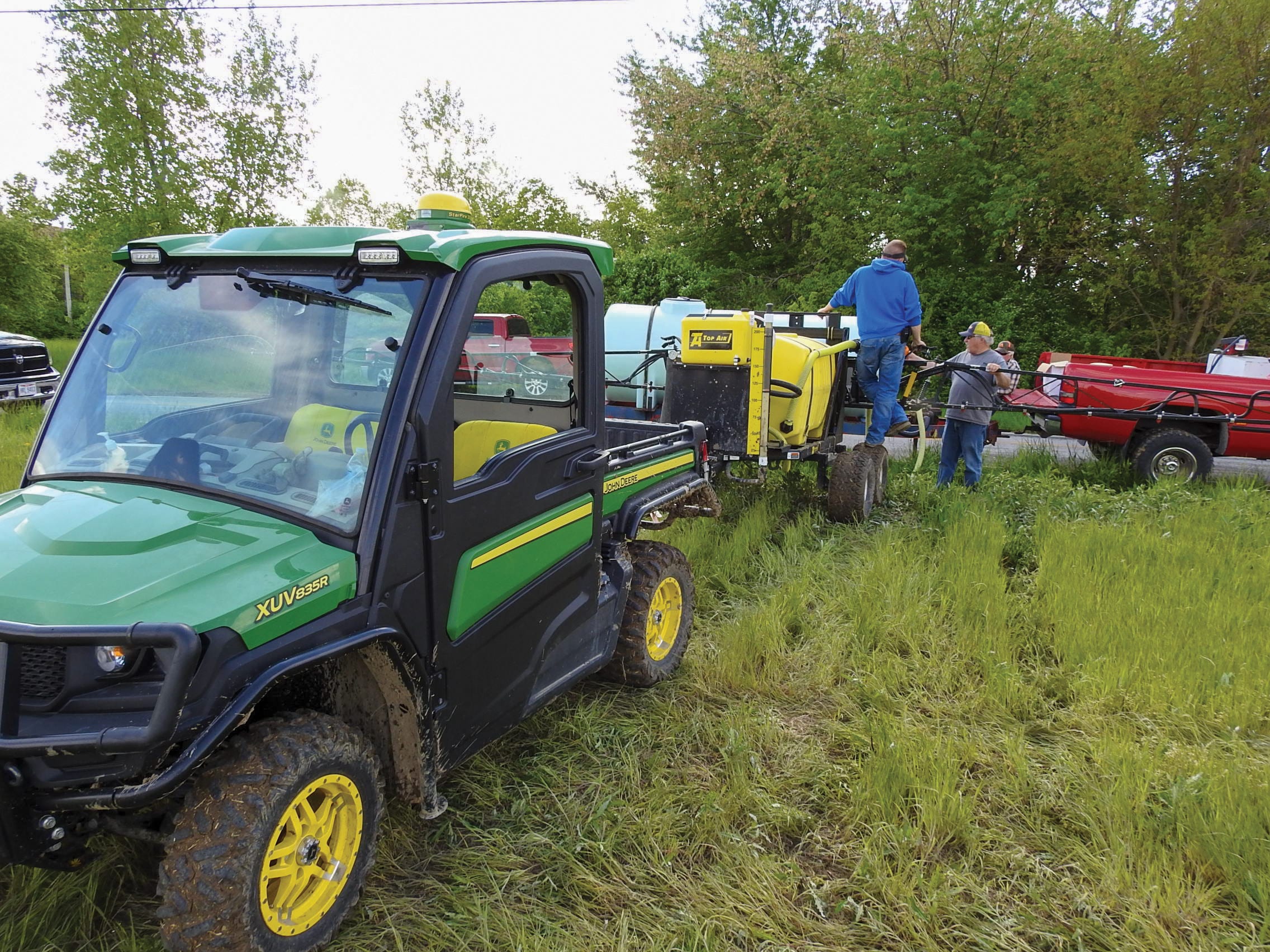
“The only thing that is keeping me sane at this point is that on the days that we were able to plant, we got many of the kinks worked out of some new equipment so when the fields are ready again we will be, too,” Pence said in May. “As far as changing up our crop lineup or chemistries or marketing strategies, we are staying the course for now.”
As the delayed planting progress continued into late May and early June, farmers faced some tough decisions, including changing their crop lineups, switching acres meant for corn over to soybeans (which have a shorter growing season) or not putting any crop into the ground at all.
Glen Newcomer from Williams County had made very little progress by early June. Crop insurance decisions had to be made then and it was too wet for too long. At that point, Newcomer had only planted about 30 acres of his 1,600 acres intended for corn.
For all of Ohio, June 5 was the final corn planting date for crop insurance. After that date, if a field had not been sown, farmers had the option of filing a prevent plant claim with their insurance carrier and not planting corn this year.
Driving past a dormant field that once had acres of Fourth of July knee-high corn coming up is evidence that many farmers did not plant at all — thanks to a very wet spring.


Ohio Farm Bureau’s newest resource for members seeks to help farmland owners navigate the many questions surrounding energy development.
Read More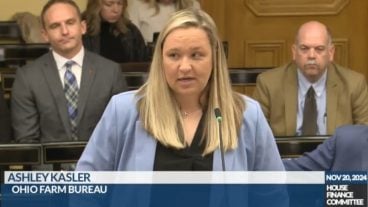
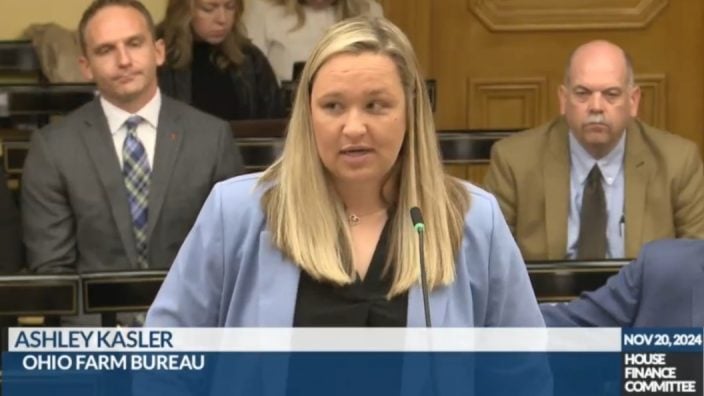
HB 683 would provide meaningful relief by investing $10 million in the counties that were most severely impacted by relentless hot and dry conditions this past summer.
Read More
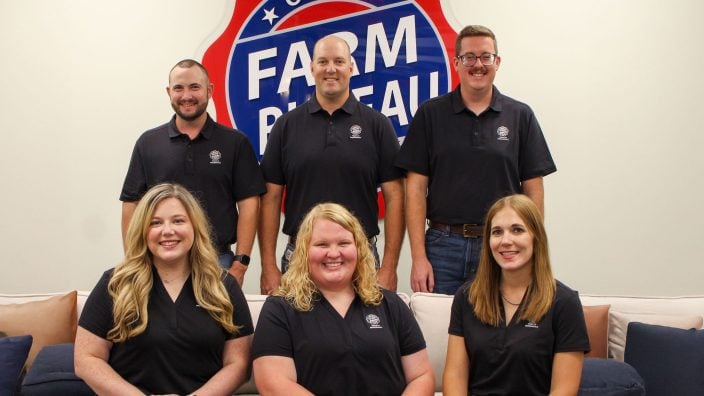
New members are Katherine and Bill Brown of Stark County, Abby and Blake Campbell of Washington County, Josh Ison of Clermont County and Hannah Thompson of Meigs County.
Read More

Bob Evans Farms has been a passionate supporter of Ohio Farm Bureau’s ExploreAg program since it began in 2018.
Read More

Ohio Bureau of Workers’ Compensation offers five tips to help prevent slips, trips and falls—one of the top causes of workplace injuries.
Read More

Through a grassroots process, county leaders identified 106 seats where a Friend of Agriculture could be named, with 104 of those seats ultimately being won by a Friend of Agriculture candidate.
Read More
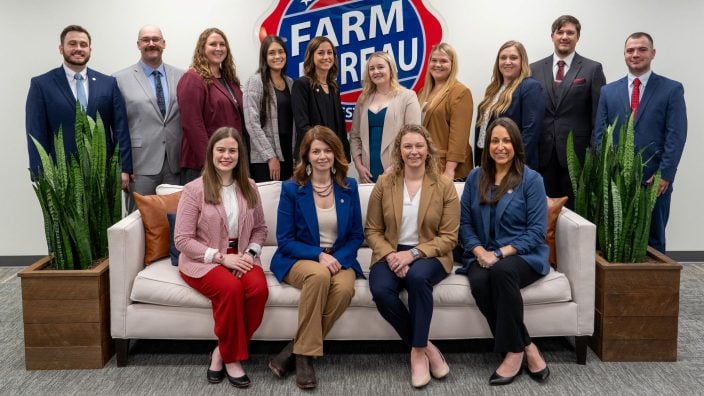
Ohio Farm Bureau’s 2024-2025 AgriPOWER Institute kicked off in October with 14 farmers and agribusiness professionals participating in Class XV.
Read More

Nationwide’s Grain Bin Safety campaign has awarded grain rescue tubes and training to 390 fire departments across 32 states since 2014.
Read More

The event takes place Feb. 7-8, 2025 at Kalahari in Sandusky, Ohio and is open to members of all ages. Registration closes Jan. 21.
Read More

Receive free conference registration and complimentary transportation to and from the conference March 7-10, 2025 in Denver.
Read More